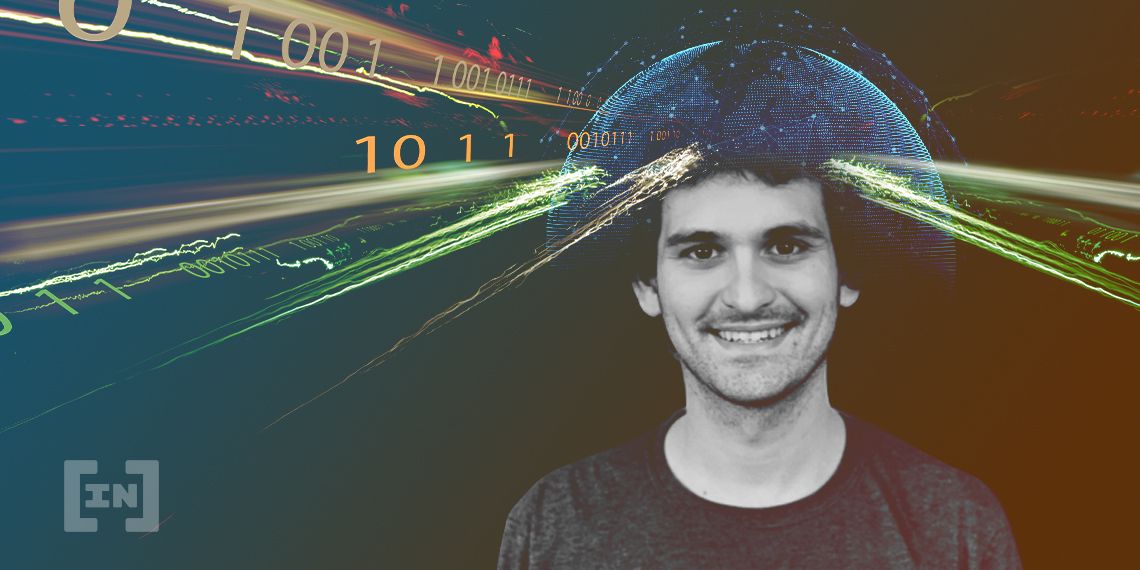A former ETF trader at Jane Street, Sam Bankman-Fried developed a net worth of $9 billion from trading crypto in three and a half years. He explained his success comes from lucrative arbitrage opportunities in crypto.
Bankman-Fried launched a crypto-trading firm called Alameda Research in 2017. The company now manages over $100 million in digital assets. The firm’s large-scale trades made Bankman-Fried a self-made billionaire by the age of 29. He is also the CEO and founder of the FTX Exchange, a cryptocurrency derivatives trading exchange.
Upon entering the crypto markets, he discovered that Bitcoin was growing very rapidly in trading volumes. This meant there would also be large price discrepancies, making it ideal for arbitrage, taking advantage of the price differences.
The Kimchi Premium
One opportunity he exploited was what is known as the kimchi premium. While Bitcoin was pricing at around $10,000 in the US, it traded for $15,000 on Korean exchanges. This was because of a huge demand for Bitcoin in Korea, Bankman-Fried said.
Around its peak, there was a vast spread of around 50%, he said. However, because the Korean won is a regulated currency, it was difficult to scale this arbitrage. Bankman-Fried said:
“Many found a way to do it for small size. Very, very hard to do it for big size, even though there are billions of dollars a day volume trading in it because you couldn’t offload the Korean won easily for non-crypto.”
Although nowhere near as significant, the premium still exists today. According to CryptoQuant, the premium is listed at 18%.
10% Daily Returns in Japan
Bankman-Fried then sought a similar opportunity in other markets, which he found in Japan. He said:
“It wasn’t trading quite the same premium. But it was trading at a 15% premium or so at the peak, instead of 50%.”
After buying Bitcoin for $10,000 in the US, investors could send it to a Japanese exchange. There they could sell it for $11,500 worth of Japanese yen. At that point, they could convert the amount back to dollars.
Because of the trade’s global nature and the wire transfers involved, it would take up to a day to perform. ”But it was doable, and you could scale it, making literally 10% per weekday, which is just absolutely insane,” Bankman-Fried said.
Bankman-Fried was successful where others were not because he managed to facilitate all the different components involved in the trade. For example, finding the right platform to buy Bitcoin at scale, then getting approval to use Japanese exchanges and accounts. There was also the difficulty of even getting millions of dollars out of Japan and into the US every day.
“You do have to put together this incredibly sophisticated global corporate framework in order to be able to actually do this trade,” Bankman-Fried said. “That’s the real task, the real hard part.”
High Edge, Low Risk
The decentralized aspect of the crypto ecosystem enables these large arbitrage premiums to exist. With other financial markets, there is a cross merging between exchanges and central clearing firms or brokers, Bankman-Fried explained. “So it’s really capital-intensive, and also you have to worry about counterparty risk,” he added.
But once investors and traders come to understand the crypto space intimately, they can figure out where the counterparty risk is close to zero, but the edge is still high.
According to Bankman-Fried:
“There’s a lot of money to be made, if you can really figure out and pinpoint when there is and isn’t a ton of edge and when there is and isn’t a ton of actual counterparty risk.”
Disclaimer
In adherence to the Trust Project guidelines, BeInCrypto is committed to unbiased, transparent reporting. This news article aims to provide accurate, timely information. However, readers are advised to verify facts independently and consult with a professional before making any decisions based on this content. Please note that our Terms and Conditions, Privacy Policy, and Disclaimers have been updated.


